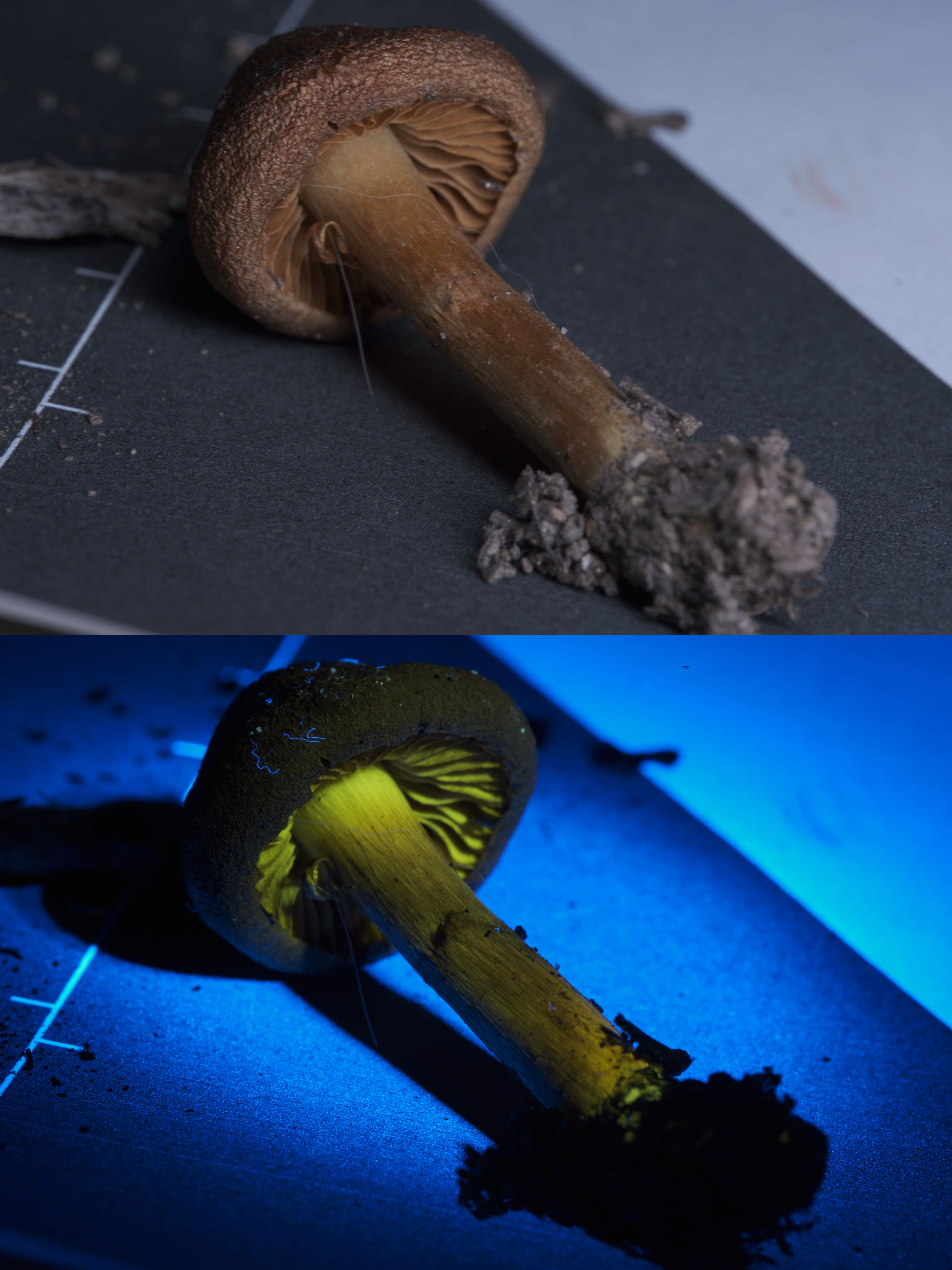Found it in Northeast Nebraska hanging out on a plant on the edge of a tallgrass prairie and woodland while surveying for mycorhizal fungi. Thankfully I like taking pictures of wasps since I 100% thought this was a Polistes, otherwise I might have just walked on.
If anyone has any idea on an ID, it'd be much appreciated.




That's also the taxon that I came to last night when I was trying to figure it out. Maybe! I have it up on bugguide too now.